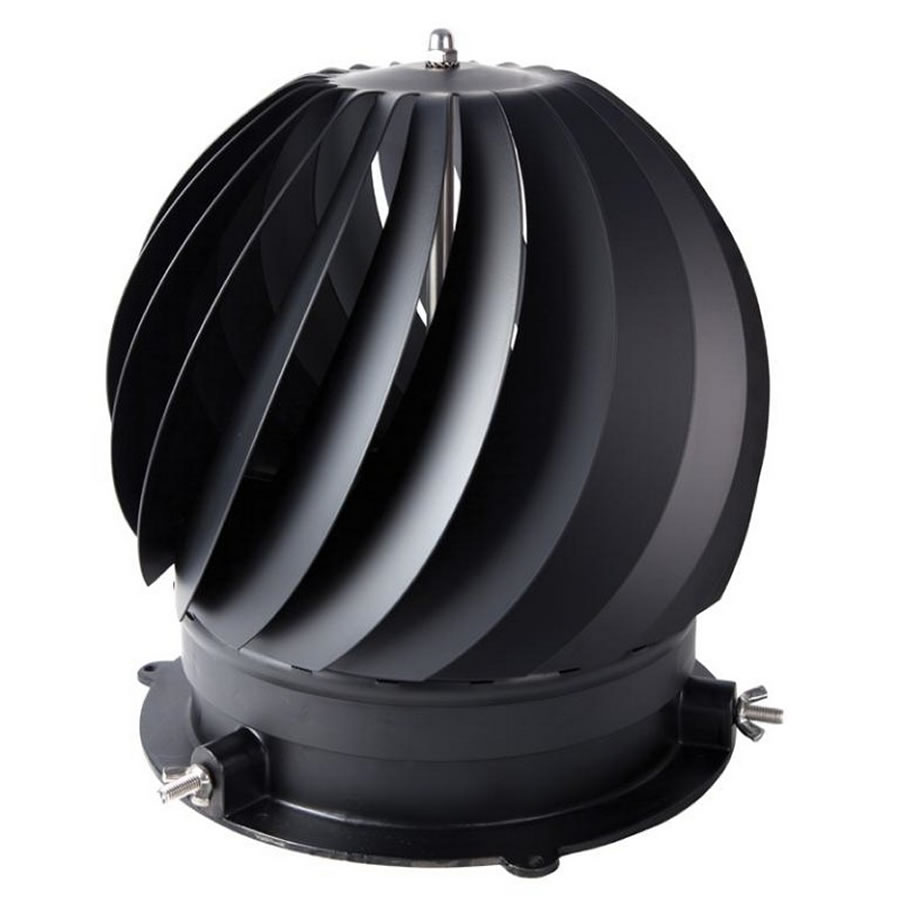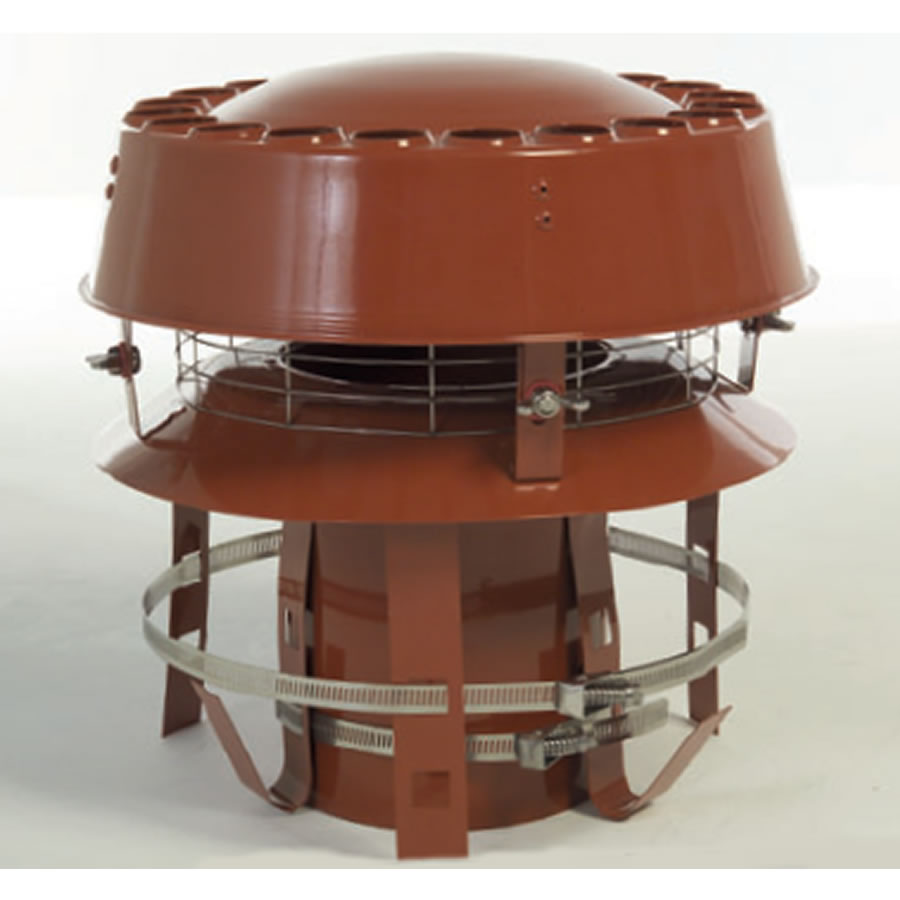Over the years we have seen many queries from customers concerned about smoking seeping into their rooms either through air vents or the stove door. This is obviously a concern because there are potential health implications not to mention the smell and particles this can leave. In reality, there may be a number of reasons why smoke is seeping into your room and there are ways and means of stopping this immediately.
Exceptionally windy weather
It may sound strange but if you experience smoke seeping into your room on a one-off basis, or regularly, it may simply be down to exceptionally windy weather. It has been known for smoke to be blown back down the chimney and into the room via your stove. If you do begin to experience this on a regular basis then you should make a note of the weather conditions at the time. If it does become a major problem then it might be sensible to look at adding a different type of cowl to your chimney.
Properties exposed to the elements
We have seen numerous occasions where properties which are exposed to the elements, such as farmhouses and detached properties, experiencing smoke blowing back into the room. Where the property is particularly exposed to the elements it may not take extreme windy weather to cause this effect. Thankfully, this type of issue is very easy to solve with what is known as an anti-downdraught cowl which can easily be fitted to your chimney. This simply protects your property from downdraught caused by wind constant passing over the top of the chimney.
A lack of draw
In a perfect world the flue gases and smoke from your stove, as you burn your fuel, are drawn through the chimney and out into the atmosphere. There may well be occasions where there is insufficient draw, i.e. the airflow is inappropriate, which can send smoke back down the chimney and into your room. While above we focused on properties exposed to the elements, some properties which are “protected” by large trees and other structures can experience unhelpful airflows.

On the other hand, it could be something as simple as a partially blocked chimney which highlights the fact that these should be swept at least once a year. If a lack of draw continues to be a major problem then it may be worth looking at what is known as a revolving chimney cowl which enhances the natural draw from your chimney and effectively pulls the gases and smoke out into the atmosphere.
Insufficient ventilation
Those who install wood-burning and multifuel stoves will be able to explain the impact of ventilation on stove draw. The basis for the natural draw comes from the airflow within your room which is drawn through the stove, up the chimney therefore dragging smoke and flue gases out into the atmosphere. There will be occasions where the natural draw from within your room, i.e. the airflow, is not sufficient or not strong enough. As ventilation requirements are an element of the Building Regulations this could indicate an issue with the original install. It may be sensible to try to enhance the natural draw within your room by opening a window to see if that works.
Air pockets
While the use of a wood-burning/multifuel stove is fairly simple and well documented, you may on occasion experience air pockets. These tend to show themselves when you start burning fuel and continue to add as you build a fire. If the fumes and smoke are seeping into the room then you may well have a cold air pocket. This is a pocket of air which is trapped within the flue pipe and the initial heat creation when starting your stove is not enough to remove it.
You will find that short sharp burst of heat will dislodge the cold air pocket which can be created using newspaper on top of logs across the combustion area. As the newspaper burns much quicker than the wood fuel, this creates an initial burst of heat which is likely to dislodge the cold air pocket.
Conclusion
If you experience issues with smoke seeping into your room, and potentially dangerous gases, this should be addressed as soon as possible. In the event that dangerous gases are seeping into your room this should activate your carbon monoxide meter so you should be well aware of any dangers. If you have any issues with smoke seeping into your room please feel free to call us or email at any time. This is an issue which needs to be addressed and can be addressed extremely quickly.

